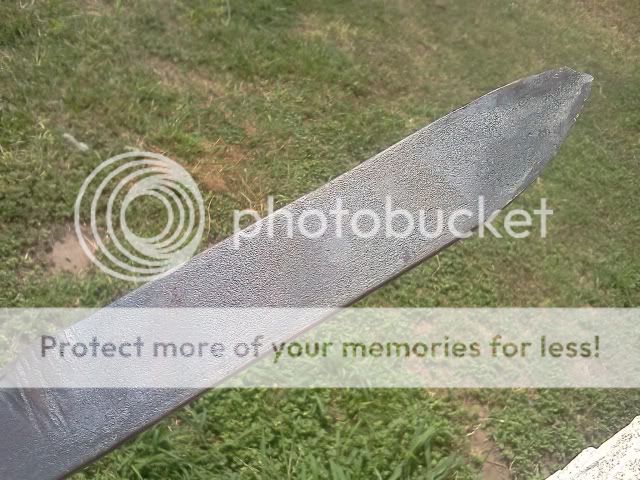Tai Goo
BANNED
- Joined
- Apr 7, 2006
- Messages
- 3,806
IMHO- one thing that can make a forged blade excell, is that every heat is part of the blade's thermal cycling. One thing that can really make a forged blade suck, is that every heat is part of the blade's thermal cycling.

I like that Nick.
Wait, is Tai talking about science? Thermal dynamics??? What?!?!?!?

shhhh... I feel so dirty and ashamed... I'm not ready to come out yet and it's been such a long time.
(I try to use science in speech as sparingly as possible and only when it's absolutely necessary, still don't like scientism and highly technical gibberish (or jargon) or science for science's sake though and probably never will.)
Most of the industrial papers I've seen on the "advantages and disadvantages of hot forging" tend to favor the advantages. However, a list of disadvantages usually looks something like this,... oxidation (scaling), decarb, grain growth and/or irregular/uneven grain size, and "hot working fatigue". Add to this possible damage to the steel from improper forging, like under heating (cold fracturing), over heating or burning, trying to move too much metal too fast ("hot fracturing"), and you start to get a pretty good picture of how complicated and risky it really is.
Last edited:





